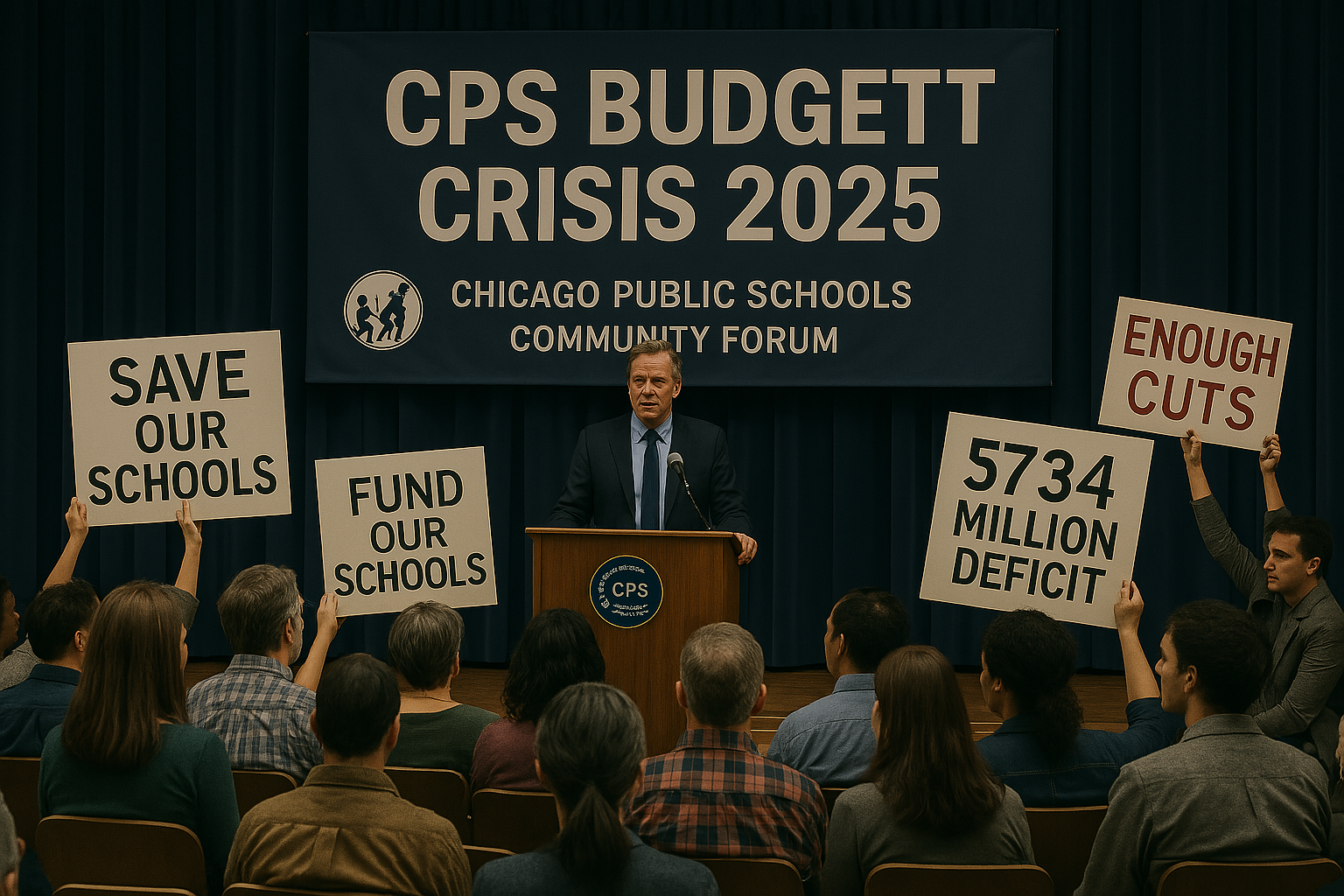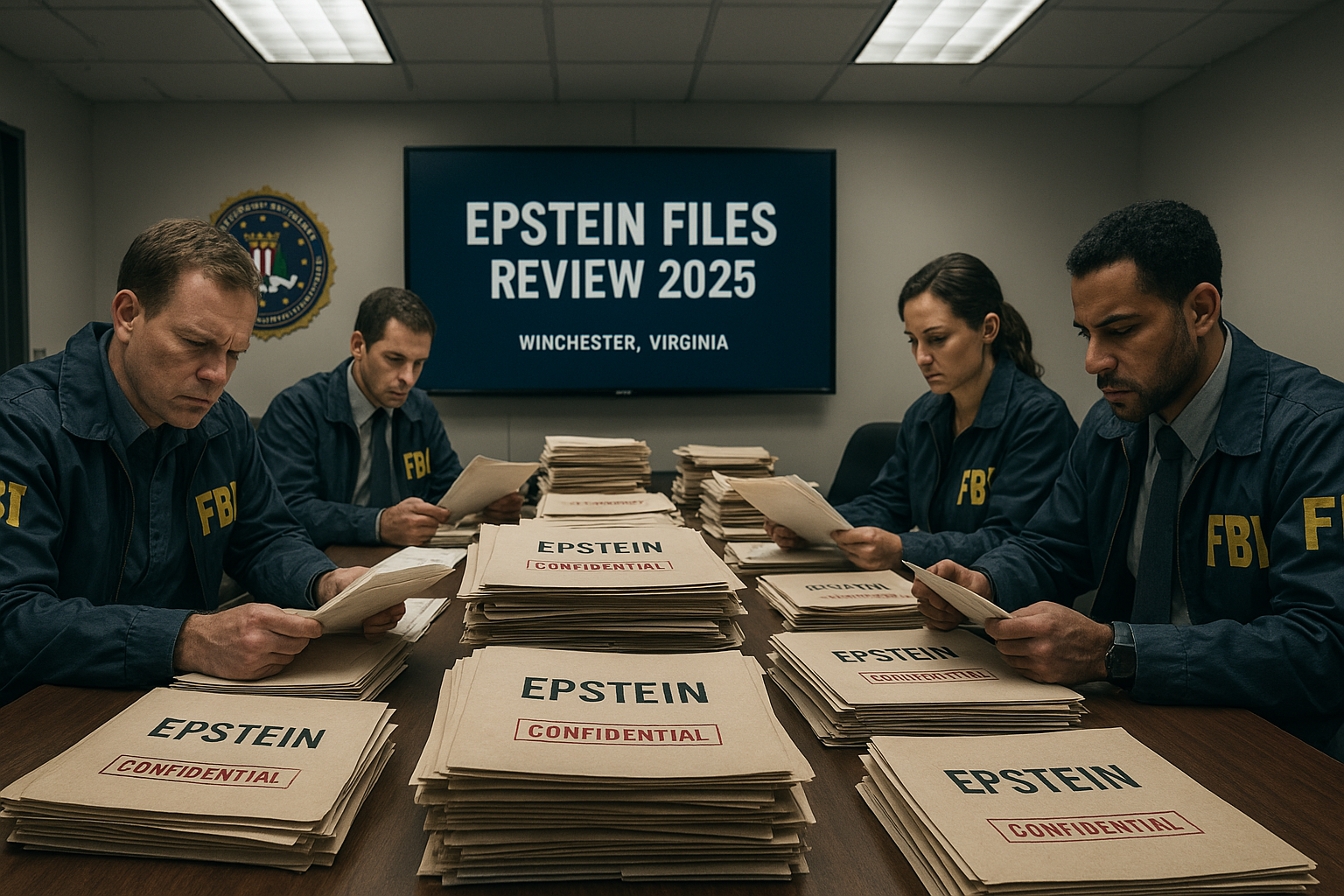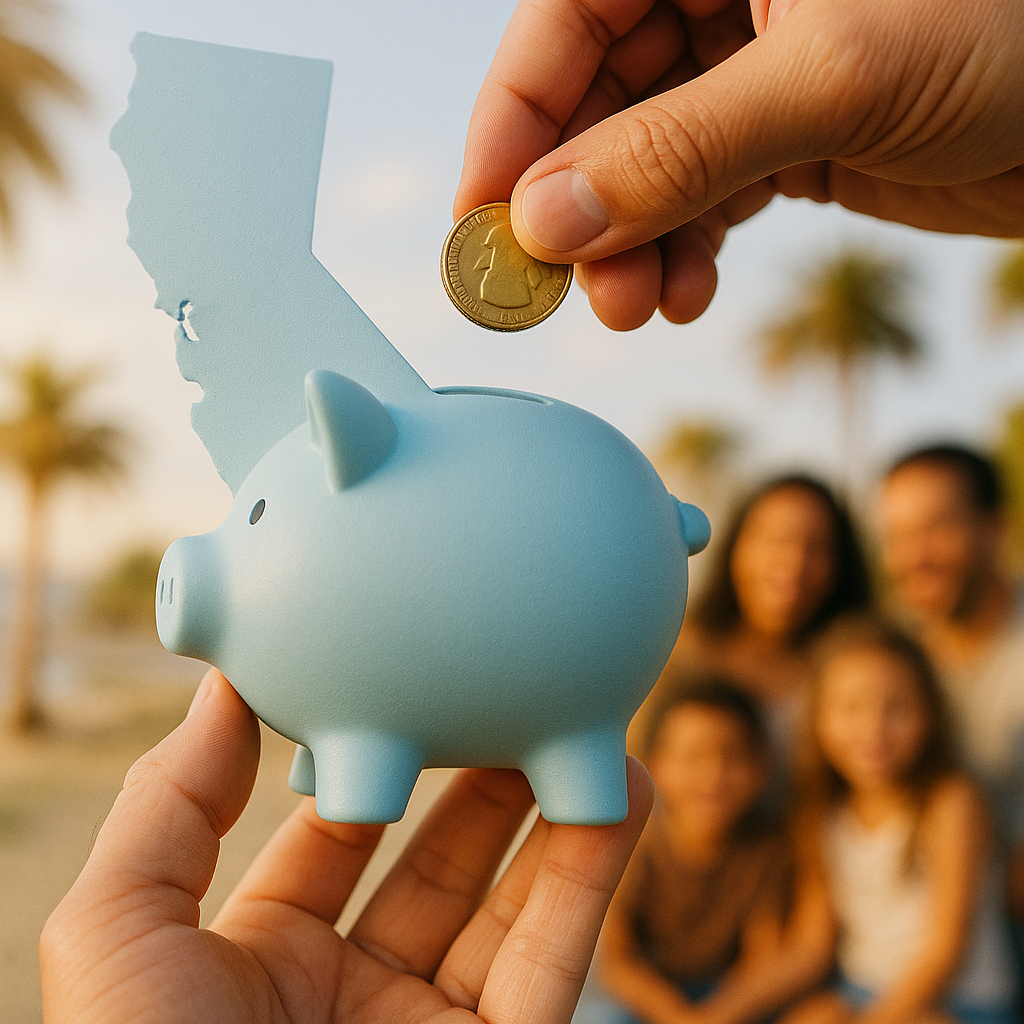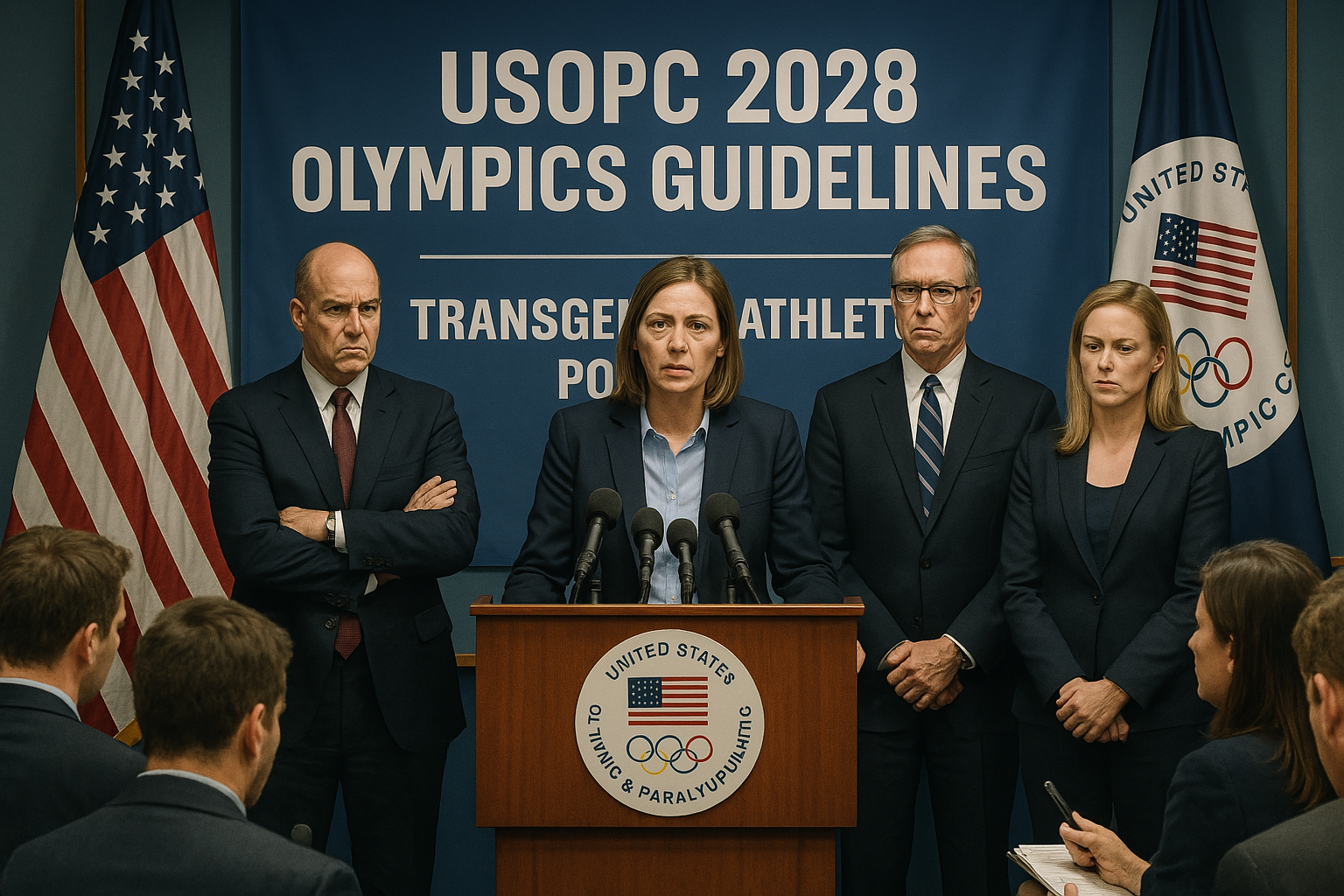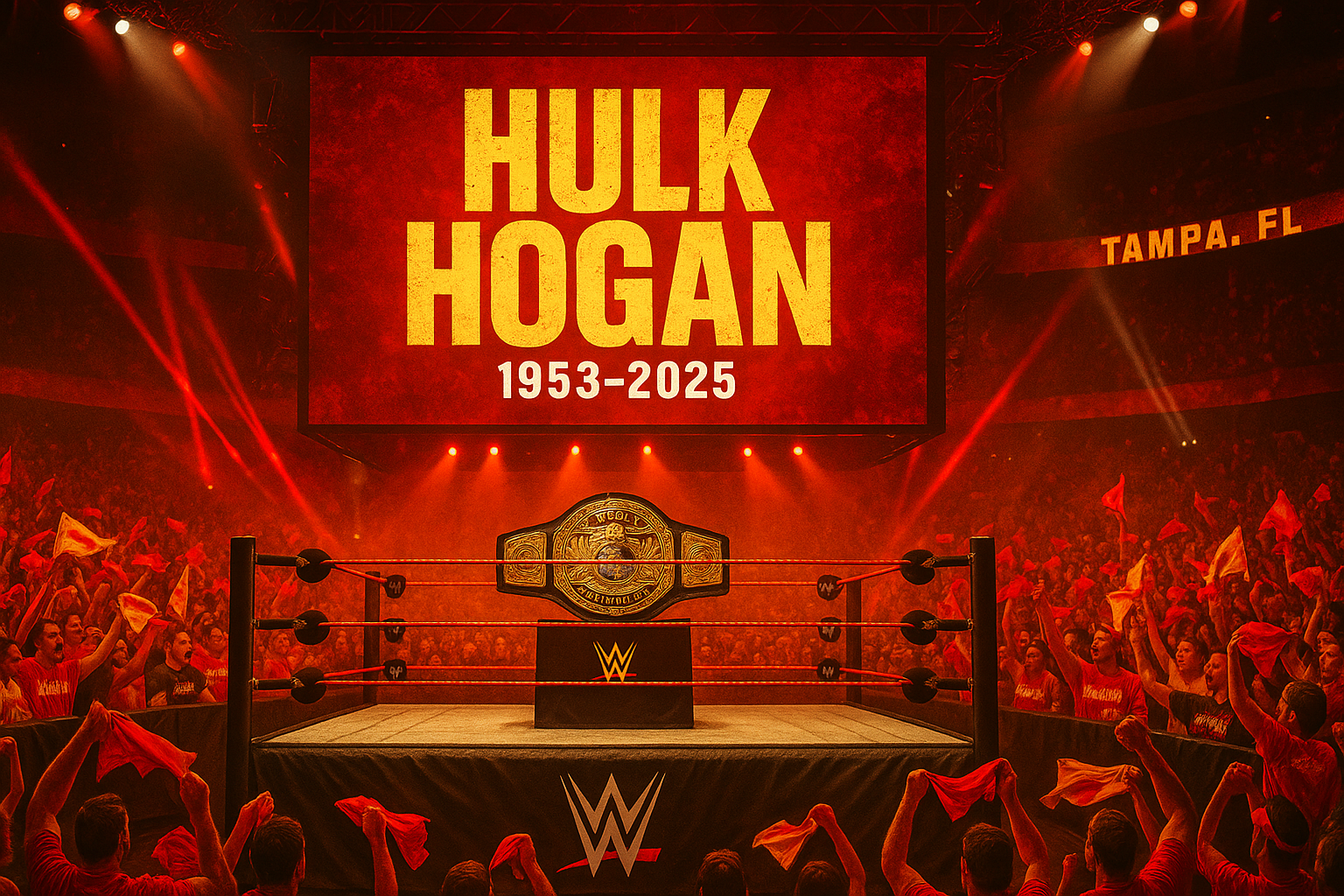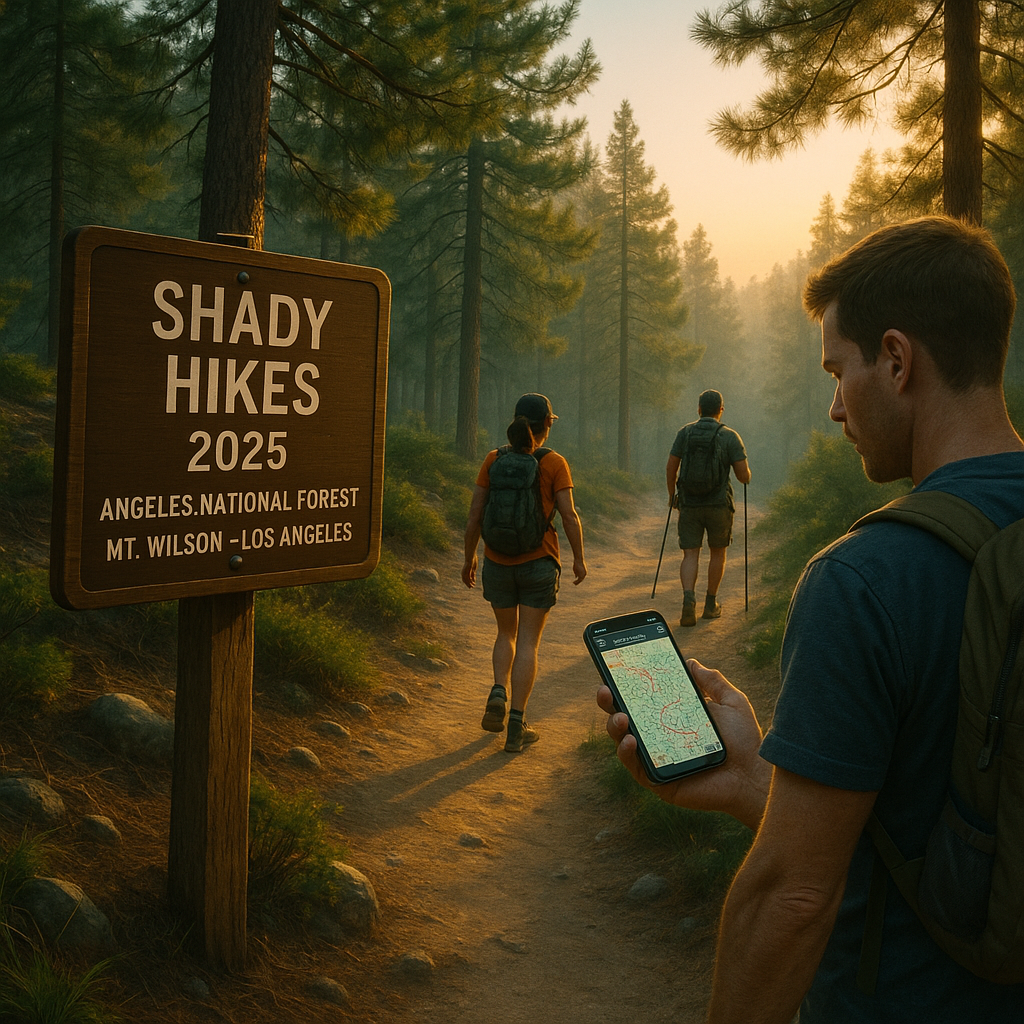Inside the Trump-Epstein Friendship: A 15-Year Bond That Ended in Scandal
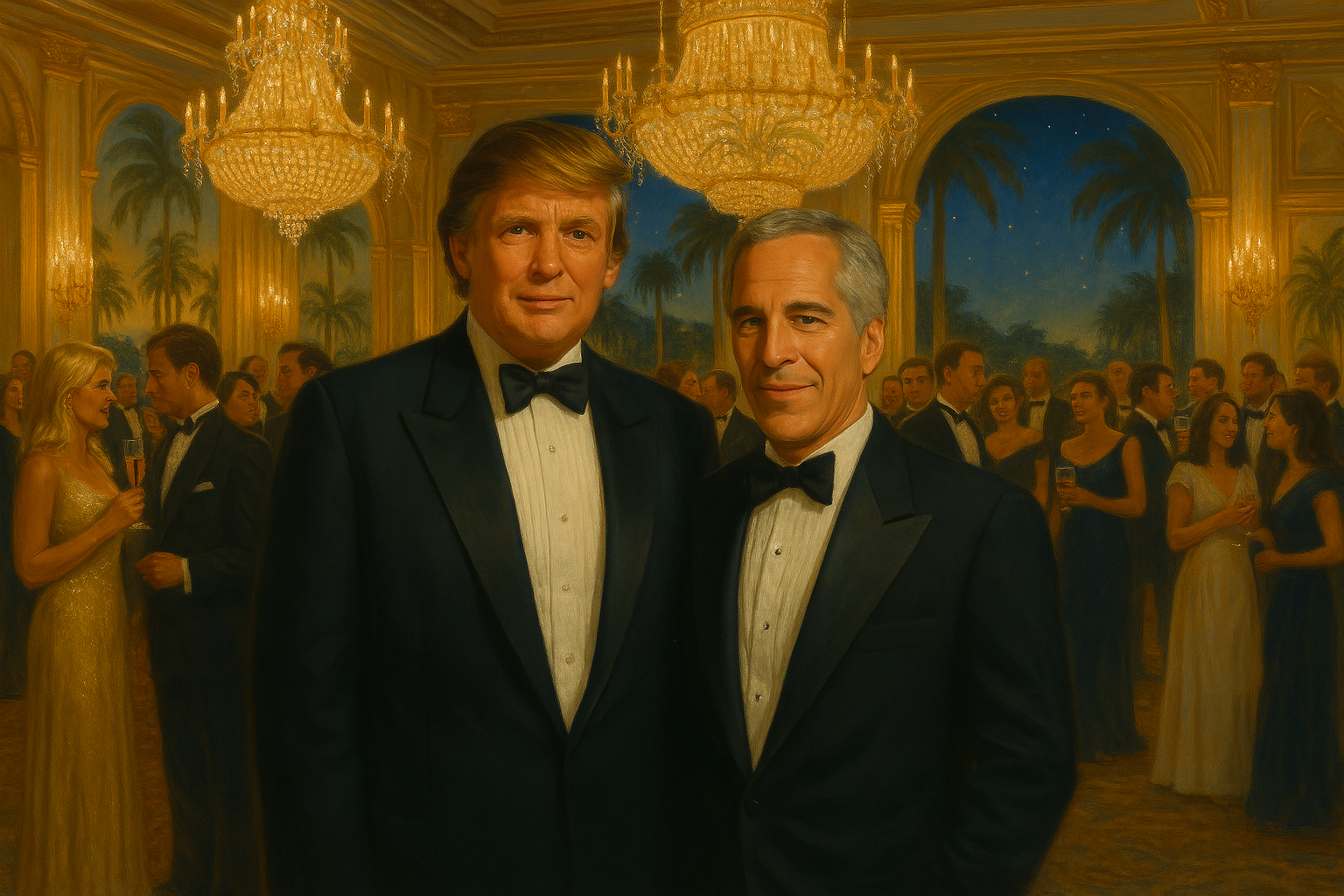
For nearly 15 years, Donald J. Trump and Jeffrey Epstein moved in tandem through the elite circles of Manhattan and Palm Beach, their friendship a conspicuous blend of wealth, power, and glamour. From lavish dinners to exclusive parties at Trump’s Mar-a-Lago estate, the two men were often seen together, their bond punctuated by trips on Epstein’s private jets. Yet, this relationship, which unravelled before Epstein’s first arrest in 2006, has since become a source of scrutiny and controversy, particularly as Epstein’s crimes came to light and Trump ascended to the presidency. Today, the Trump-Epstein friendship remains a lens through which questions of accountability, judgment, and political legacy are examined.
The Rise of a High-Profile Friendship
The connection between Trump and Epstein took root in the early 1990s, a period when both were carving out their places among America’s rich and powerful. Introduced through mutual contacts in New York’s social scene, they quickly found common ground. Epstein, a financier with an enigmatic fortune, and Trump, a real estate tycoon with a flair for spectacle, bonded over their shared tastes for luxury and socializing. Their friendship played out publicly—at charity events, private gatherings, and, most notably, at Mar-a-Lago, Trump’s Palm Beach club.
Photographs and videos from the era capture the pair in convivial moments: a 1992 Mar-a-Lago party shows them laughing and pointing at women in the crowd, Trump whispering something that prompts Epstein to grin. Epstein became a regular at the estate, attending events that drew the wealthy and well-connected. Flight logs reveal Trump joined Epstein on his private plane at least seven times, travelling between New York and Florida, sometimes with family members in tow. These trips underscored a relationship that Epstein once boasted made him Trump’s “closest friend for 10 years.”
Trump’s own words reinforced this perception. In a 2002 New York magazine interview, he described Epstein as a “terrific guy” and “a lot of fun to be with,” adding, “It is even said that he likes beautiful women as much as I do, and many of them are on the younger side.” The comment, innocuous at the time, would later take on a darker significance as Epstein’s criminal behaviour emerged.
A Falling Out Amid Rising Tensions
By 2004, cracks appeared in the friendship. The tipping point came during a bidding war over a Palm Beach estate, which Trump won for $41.35 million, outmanoeuvring Epstein. The loss reportedly rankled Epstein, who saw it as a personal slight. Shortly after, Epstein was barred from Mar-a-Lago following an incident involving a member’s teenage daughter, whom he allegedly propositioned. Trump later downplayed their bond, asserting in 2019 that he “was not a fan” and had cut ties 15 years earlier.
The timing of their estrangement—coinciding with Epstein’s mounting legal troubles—has fueled speculation. In 2005, a spa attendant at Mar-a-Lago was recruited by Epstein’s associate, Ghislaine Maxwell, into his abusive network. Another accuser alleged Epstein brought her to Trump Tower, where Trump briefly “eyed” her, though no misconduct was claimed. These incidents, while not directly implicating Trump, have raised questions about what he observed or ignored in Epstein’s orbit.
Epstein’s Downfall and Trump’s Distance
Epstein’s crimes came into sharp focus in 2006, when Florida authorities investigated him for sex trafficking and abuse of minors. His 2008 guilty plea to lesser charges, followed by a lenient 13-month sentence, ignited public outrage. Trump, by then eyeing a political future, sought to erase their past. After Epstein’s 2019 arrest on federal charges, Trump told reporters, “I had a falling out with him. I haven’t spoken to him in 15 years. I was not a fan of his, that I can tell you.”
Yet, the paper trail tells a more complicated story. Flight logs document Trump’s travels on Epstein’s plane, occasionally with his then-wife Marla Maples and daughter Tiffany. While Trump has denied visiting Epstein’s private island or engaging in illicit acts, the association has dogged him. Critics point to his effusive praise in 2002 as evidence of either naivety or complicity, though no concrete evidence ties him to Epstein’s crimes.
The Political and Cultural Reverberations
The Trump-Epstein narrative has reverberated through American politics, particularly among Trump’s MAGA supporters, many of whom see Epstein’s case as emblematic of elite corruption. During Trump’s presidency, conspiracy theories flourished, with some believing he would declassify files exposing Epstein’s network. But in 2025, the Trump administration’s decision not to release additional documents—despite Attorney General Pam Bondi’s earlier promises—sparked backlash. Allies like Laura Loomer and Elon Musk criticised the move, with some fans accusing Trump of shielding powerful figures.
Trump has countered by framing the Epstein fixation as a Democratic ploy. In a July 2025 social media post, he urged supporters to “move on,” calling it a distraction from his agenda. This pivot has alienated segments of his base, who view the Epstein files as a litmus test for transparency. The controversy has also ensnared Bondi, whose credibility took a hit when the Justice Department found no evidence of a fabled “client list.”
A Legacy Under Scrutiny
The Trump-Epstein friendship, once a footnote in their high-flying lives, now looms as a persistent challenge to Trump’s image. It encapsulates the tension between his persona as a brash outsider and his entanglements with a man who epitomised privilege’s dark underbelly. While Trump faces no legal culpability in Epstein’s crimes, the association invites perennial questions about his discernment and the circles he inhabited.
As Epstein’s story continues to captivate and divide, Trump remains a central figure in its orbit—not as a perpetrator, but as a symbol of the unresolved. The full extent of their 15-year bond may never be laid bare, but its echoes endure, shaping how Americans view power, proximity, and the past of a twice-elected president.

